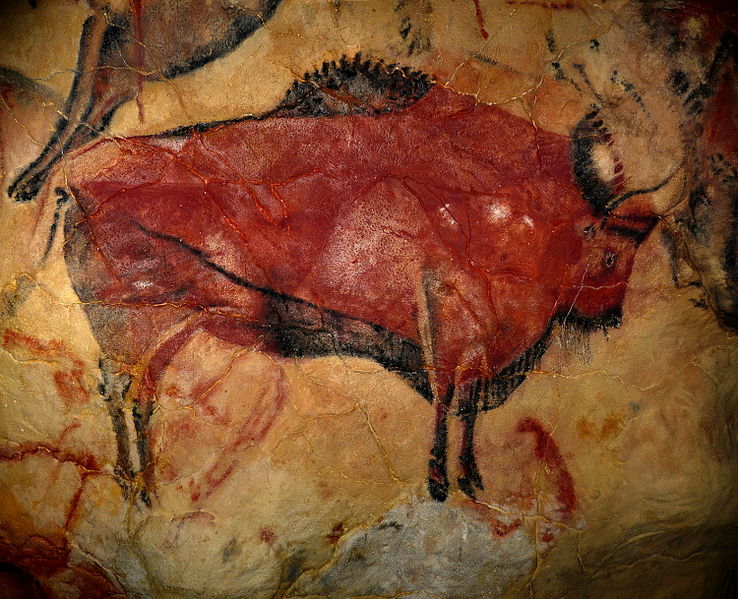Merci! Gracias!
 Monday, May 5, 2014 at 3:03PM
Monday, May 5, 2014 at 3:03PM and thank you -
- to my two wonderful mc’s at Friday night’s book launch, Lisa Voisin and Lynn Crymble.
- to the members of the Young Writers’ Club who helped set up the room and worked on the draw for the door prizes.
- to my family who have encouraged me every step of the way.
- to all of you who showed up to support my launch.
- to those who could not make it but sent congratulations and encouragement.
- to my publisher, Great Plains Publications, without whom there would have been nothing to launch.
 Book Launch,
Book Launch,  Great Plains Publications,
Great Plains Publications,  Great Plains Teen Press,
Great Plains Teen Press,  Lisa Voisin,
Lisa Voisin,  Lockdown,
Lockdown,  Lockdown the novel,
Lockdown the novel,  Lynn Crymble,
Lynn Crymble,  Maggie Bolitho Lockdown the novel,
Maggie Bolitho Lockdown the novel,  Maggie Bolitho writer,
Maggie Bolitho writer,  Young Writers' Club in
Young Writers' Club in  Book launch,
Book launch,  Great Plains Publications,
Great Plains Publications,  Lockdown,
Lockdown,  Lockdown the novel,
Lockdown the novel,  Writer's journey,
Writer's journey,  Writer's platform,
Writer's platform,  Writers as entertainers,
Writers as entertainers,  Writers supporting writers,
Writers supporting writers,  Writing community
Writing community 



